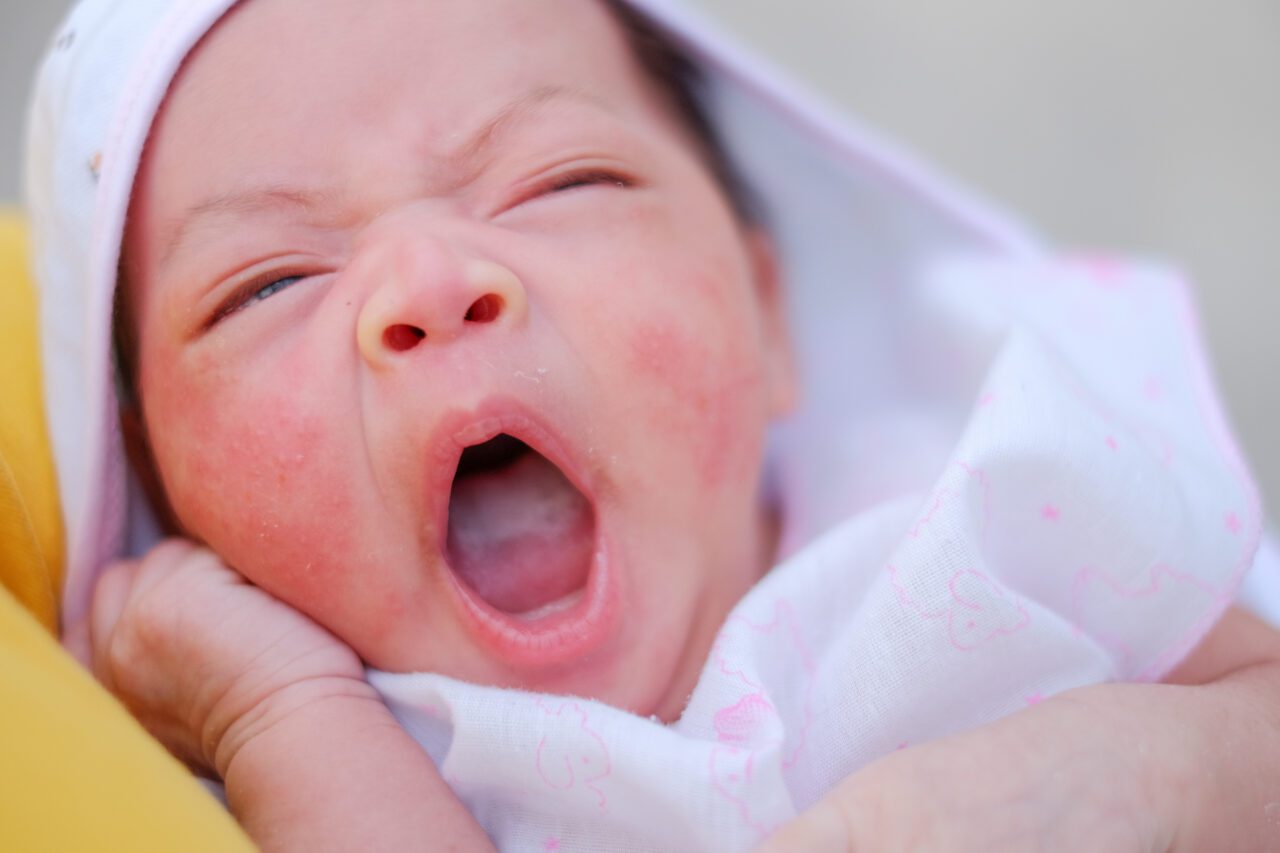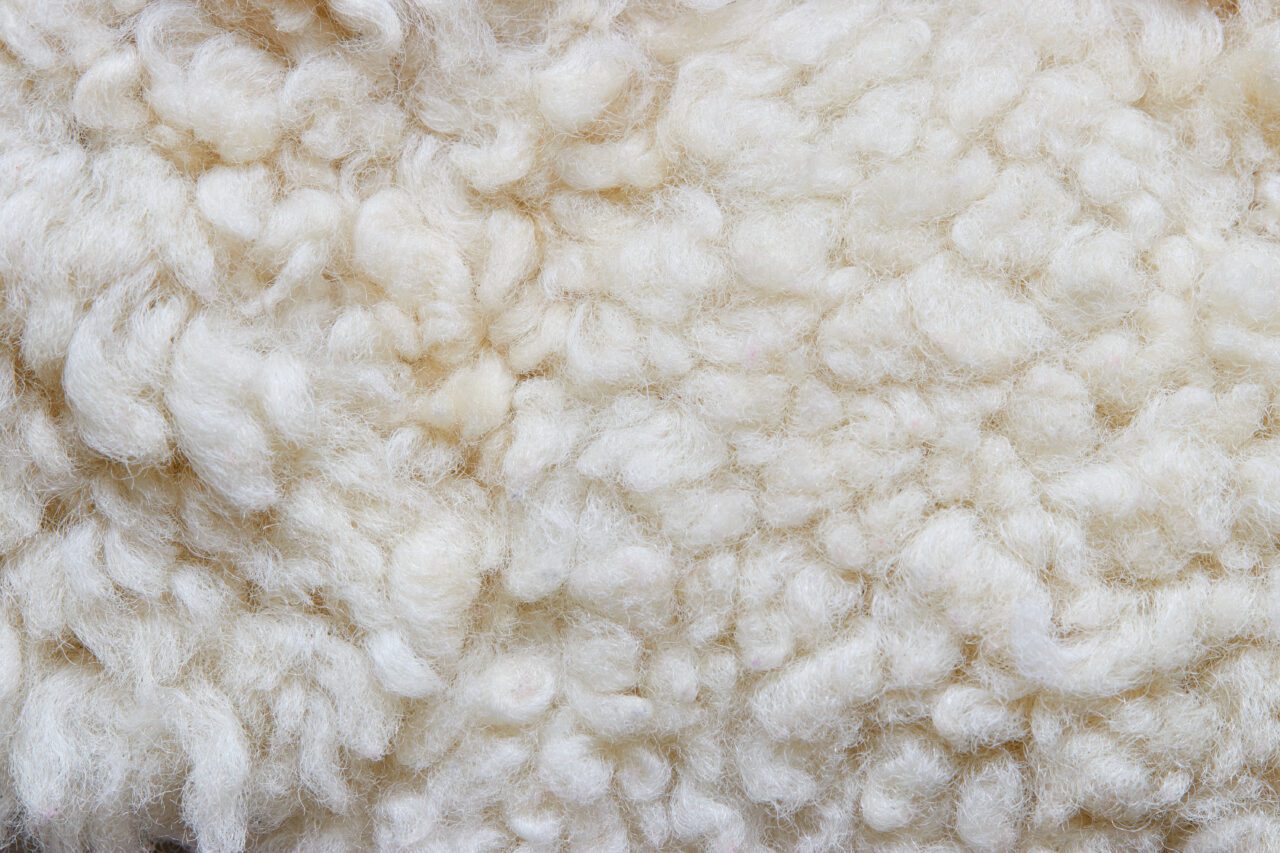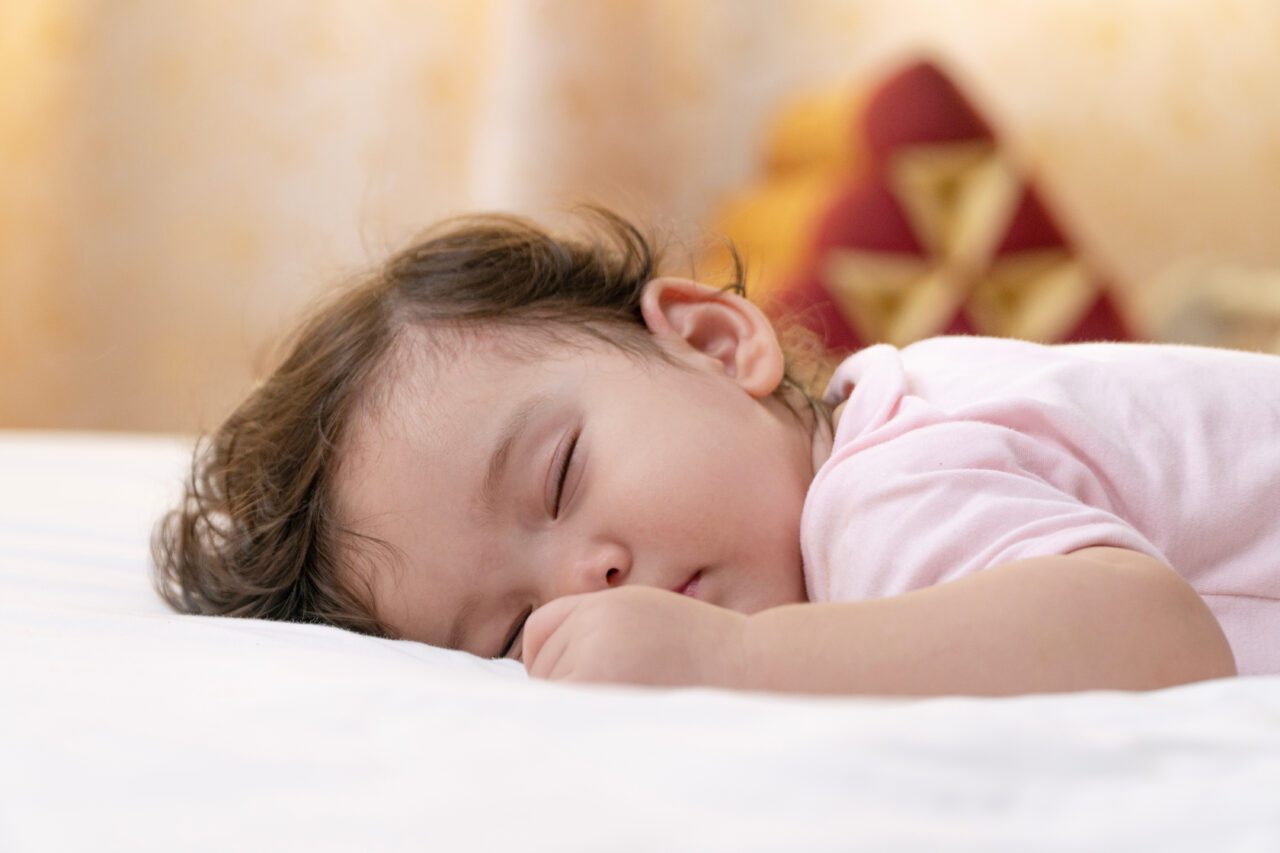As a parent, your baby’s well-being and comfort are of utmost importance. One common concern many parents face is dealing with baby rashes. These rashes can cause discomfort and distress to your little one, making it crucial to take preventive measures. One effective way to protect your baby’s delicate skin is by choosing the right clothes. In this comprehensive guide, we will explore various clothing options that help prevent baby rashes. From fabric choices to suitable styles, we’ll provide expert advice to keep your baby rash-free and happy.

Why Do Babies Get Rashes?
Rashes can occur on a baby’s skin due to various reasons. Understanding the causes can help you make informed choices when it comes to clothing your little one. Some common factors that contribute to baby rashes include:
- Sensitive Skin: Babies have delicate skin that is highly susceptible to irritation and rashes.
- Allergies: Certain fabrics, detergents, or lotions can trigger allergic reactions in babies.
- Friction: Rough or tight clothing can rub against the skin and cause irritation.
- Heat and Humidity: Excessive heat and humidity can lead to sweat rashes and diaper rash.
By being mindful of these factors, you can make clothing choices that minimize the risk of rashes and keep your baby comfortable.
Choosing the Right Fabrics
The fabric of your baby’s clothes plays a significant role in preventing rashes. Opting for soft, breathable, and hypoallergenic fabrics can greatly reduce the chances of skin irritation. Here are some fabrics that are gentle on your baby’s skin:
1. Organic Cotton
Organic cotton is a popular choice for baby clothing due to its softness and hypoallergenic properties. It is made without the use of harmful chemicals or pesticides, making it a safe and natural option for your baby’s sensitive skin. Organic cotton clothes allow the skin to breathe, reducing the risk of rashes caused by heat and sweat.
2. Bamboo
Bamboo fabric is another excellent choice for baby clothes. It is known for its ultra-soft texture and moisture-wicking properties, keeping your baby’s skin dry and rash-free. Bamboo fabric is also naturally hypoallergenic and resistant to odor-causing bacteria, making it a fantastic option for babies with sensitive skin.
3. Modal
Modal fabric is derived from beech trees and is renowned for its exceptional softness and breathability. It is gentle on delicate skin and has excellent moisture-wicking properties, ensuring your baby stays comfortable and dry. Modal fabric is often blended with other fabrics like organic cotton to create clothes that are both soft and durable.

White soft wool background, detail of a natural sheepskin rug.
4. Merino Wool
Contrary to what you may think, merino wool is a fantastic choice for baby clothing. It is incredibly soft, lightweight, and temperature-regulating. Merino wool can keep your baby warm in colder weather while also wicking away moisture, preventing sweat rashes. Moreover, it has natural antimicrobial properties that inhibit the growth of bacteria, reducing the risk of skin infections.
Pro Tip: When choosing fabrics for your baby’s clothes, opt for certified organic options to ensure they are free from harmful chemicals and pesticides.
Dressing Techniques to Prevent Baby Rash
Apart from choosing the right fabrics, there are specific dressing techniques you can follow to minimize the risk of baby rash. By implementing these techniques, you can ensure that your baby’s skin remains protected and comfortable.
1. Dress in Layers
Layering your baby’s clothing allows you to easily adjust their attire according to the changing temperature. It helps regulate body heat and prevents overheating, which can lead to rashes. Start with a breathable base layer made of organic cotton or bamboo, and add or remove layers as needed.
2. Loose-Fitting Clothes
Opt for loose-fitting clothes that allow air circulation and reduce friction against your baby’s skin. Tight clothes can rub against sensitive skin, causing irritation and rashes. Loose-fitting garments made from soft fabrics like organic cotton or modal are ideal choices for preventing baby rashes.
3. Avoid Synthetic Fabrics
Synthetic fabrics like polyester or nylon tend to trap heat and moisture, increasing the likelihood of rashes. These materials do not allow proper ventilation, leading to sweat buildup and skin irritation. It is best to steer clear of synthetic fabrics and opt for natural, breathable fibers that keep your baby’s skin dry.

4. Choose Breathable Footwear
When it comes to footwear, prioritize breathability. Select shoes or booties made from natural materials like leather or soft fabric that allows air to circulate. Avoid shoes that are too tight or made of non-breathable materials, as they can contribute to foot rashes.
5. Diaper Choice and Fit
The diaper your baby wears also plays a crucial role in preventing diaper rash. Choose diapers made from breathable materials that wick away moisture and prevent skin irritation. Additionally, ensure that the diaper fits properly to minimize friction and rubbing against the skin.
6. Opt for Snap Closures
When choosing baby clothing, garments with snap closures are preferable to those with rough Velcro or metal buttons. Snaps are gentler on your baby’s delicate skin and less likely to cause irritation or chafing.
FAQs About Dressing to Prevent Baby Rash
Here are some frequently asked questions about dressing your baby to prevent rashes, along with their answers:
1. Should I use fabric softeners when washing my baby’s clothes?
It is best to avoid using fabric softeners when washing your baby’s clothes. Fabric softeners can leave a residue on the fabric, which may irritate your baby’s skin. Opt for mild, fragrance-free detergents specifically formulated for baby clothes.
2. Can I use regular baby laundry detergent for my baby’s clothes?
Using a mild, hypoallergenic baby laundry detergent is recommended for your baby’s clothes. Regular detergents may contain harsh chemicals and fragrances that can irritate your baby’s sensitive skin.
3. How often should I change my baby’s clothes to prevent rashes?
Changing your baby’s clothes regularly, especially if they become damp or soiled, helps maintain cleanliness and prevents rashes. Aim to change your baby’s clothes at least once or twice a day, or more frequently if necessary.
4. Are there specific clothing items I should avoid to prevent baby rash?
Certain clothing items can increase the risk of rashes. Avoid clothes with rough seams, scratchy tags, or tight elastic bands that can irritate your baby’s skin. Additionally, steer clear of clothes made from synthetic materials that do not allow proper ventilation.
5. Should I dress my baby in sunscreen-infused clothing?
Sunscreen-infused clothing can provide added protection against harmful UV rays. Look for clothing labeled with a high UPF (Ultraviolet Protection Factor) to shield your baby’s skin from the sun. However, it is still important to apply sunscreen to exposed areas of your baby’s skin for complete sun protection.
6. How can I soothe existing baby rashes?
If your baby develops a rash, there are a few steps you can take to soothe their skin:
- Keep the affected area clean and dry.
- Apply a gentle, hypoallergenic moisturizer to hydrate the skin.
- Avoid using harsh soaps or fragrances that can further irritate the rash.
- Use a mild, over-the-counter diaper rash cream if the rash is in the diaper area.
- If the rash persists or worsens, consult your pediatrician for further guidance.
Conclusion: Dressing Your Baby for Comfort and Protection
Choosing the right clothes for your baby goes beyond just fashion. It plays a crucial role in preventing rashes and keeping your baby’s delicate skin healthy and comfortable. Opting for fabrics like organic cotton, bamboo, modal, and merino wool can significantly reduce the risk of irritation and rashes. Remember to dress your baby in loose-fitting, breathable garments and follow proper dressing techniques to promote air circulation and minimize friction. By taking these precautions and being mindful of your baby’s specific needs, you can dress your little one to protect them from rashes while ensuring their utmost comfort.




